It seems just like yesterday that we were reviewing the Moto G handset from Motorola. We now have our hands on the only other handset to come out of the Google-Motorola deal – the Moto X.

Motorola Moto X specs
- 4.7-inch 720p AMOLED display
- 1.7-GHz Dual-core Qualcomm processor
- 2 GB RAM; No MicroSD slot
- 10-megapixel rear camera; 2-megapixel front cam
- Android 4.4.2
- Nano-SIM
- 2200 mAh battery
- 4G support
The Moto X came into being after Motorola gained confidence from the successful innings it played with the Moto G. This bigger brother of the Moto G comes with a bigger price tag – around Rs. 23,990 and has debuted in India long after its global debut. In the meanwhile, the Indian smartphone has become spoilt for choice with all kinds of handsets being launched in this price range, whether it be full HD ones, octa-core ones or even suave ones like the Gionee Elife S5.5.
The Moto X has a lot of stuff on offer, including wood panel finishes and what not, but sadly doesn’t come with the Moto Maker customization which could have been its USP. It now faces competition from Indian brands as well as global ones trying to get a foothold here.
Unlike the Moto G, the Moto X isn’t too aggressively priced for the Indian market, which means that it has to prove itself in terms of specs and performance. Does it? Lets find out.
Hardware
If smartphones had a fashion pageant, the Moto X would be amongst the top rankers. I say this with conviction gained from the white handset I got for review, not even having experienced the famed wood panel back. It has definitely charmed me with its style factor and given me ample reasons to be happy in this department.

The Moto X has standout looks for its price point and will definitely impress you with what it has on offer, in terms of the style factor. While the front holds some similarities to the Moto G, the display is wider and the bezels are the thinnest I have ever seen, especially the side ones.

Motorola has kept this handset simple – just like the Moto G, it has no physical capacitive buttons on board, but only touch capacitive buttons which make the handset easy to use in landscape mode. The display is protected by a layer of glass, which makes it smooth and easy to use, while making sure that the handset can take some hits.


All that is present on the bottom bezel is a microphone, while the top one comprises of a front cam, speaker and infrared port.
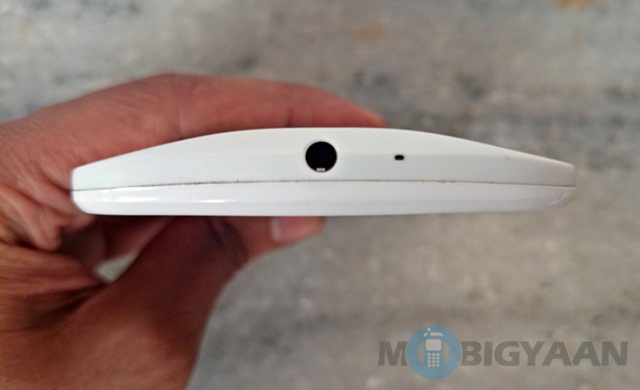
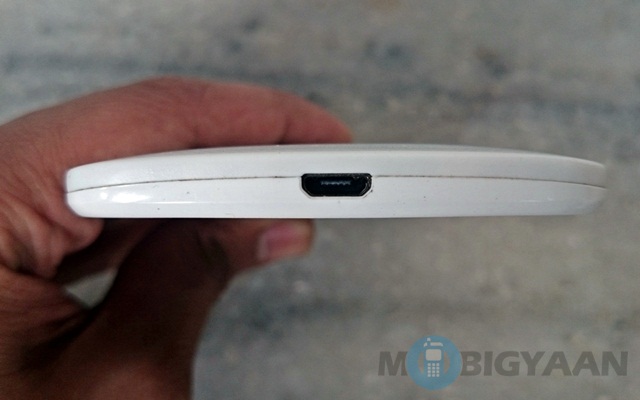
Talking about ports, the top of the handset comes with a 3.5mm audio jack, while the MicroUSB slot is located at the bottom.
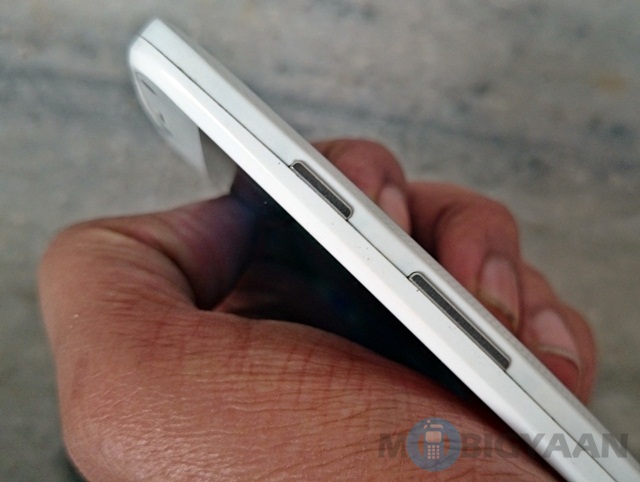
In terms of physical buttons, Motorola has gone for the same sleek ones that transition from the Moto G.
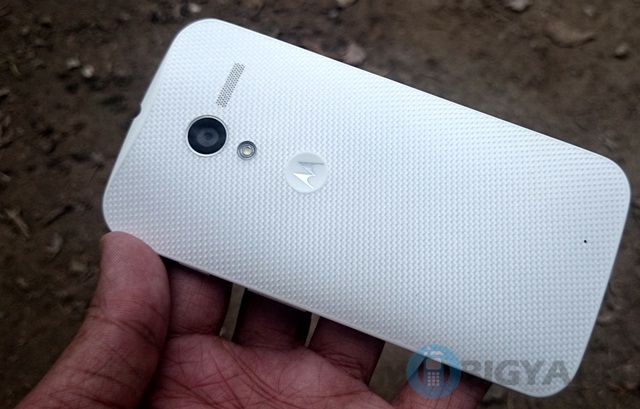
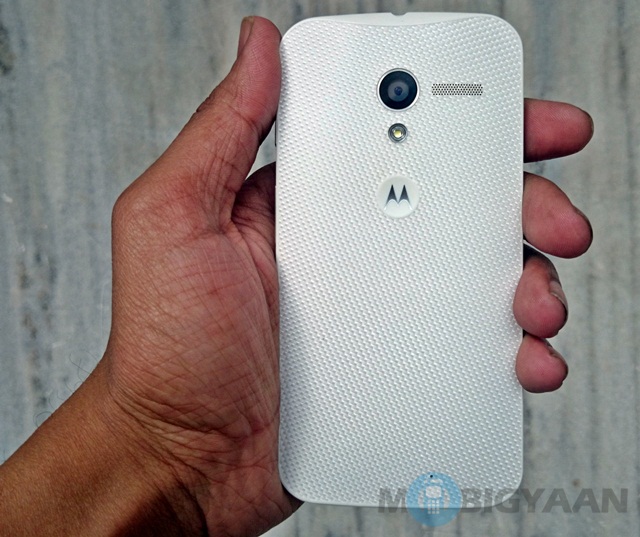
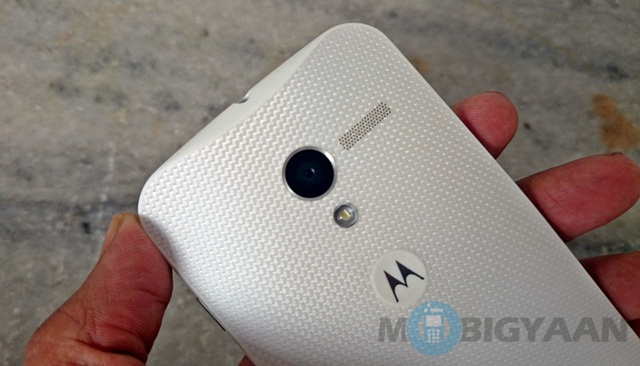
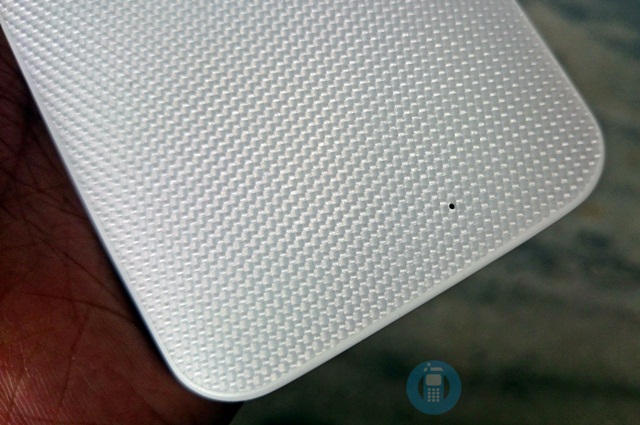
But the outstanding feature of the Moto X is definitely its uniquely designed back. This is what will make the handset a tempting buy. I got the white Moto X with a weave pattern at the back.
The uniquely patterned back is very beautiful, dare I say even enchanting. It has a matte finish that makes the handset easy to hold, as well as easy on the eyes. It is kind of the reason why you would be interested in the Moto X at first.


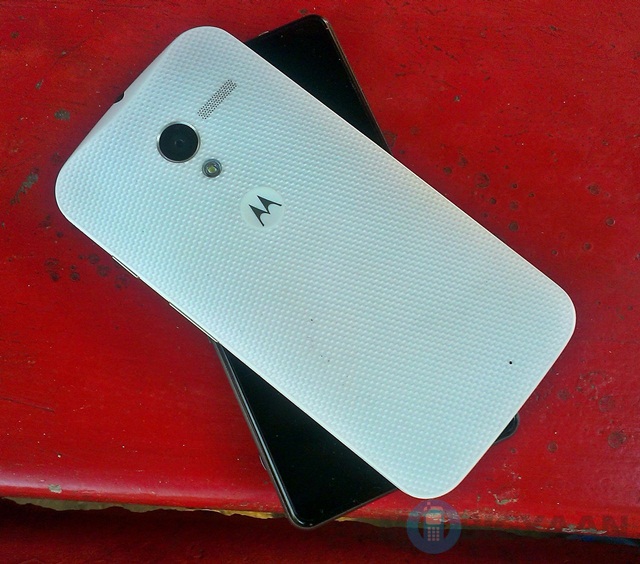
Moto X silhouette compared to Sony Xperia Z1 Compact
Motorola has continued with the Moto G-esque form factor, which cradles the Motorola logo in the middle, a camera accompanied by a speaker towards the top of the back. The genius of the craftsmanship on this handset lies not only in the beautiful back, it is also present in the unique shape of the handset. Unlike the Moto G though, the back is not removable on this one.
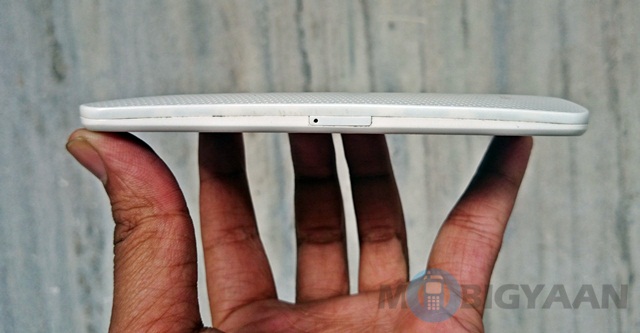

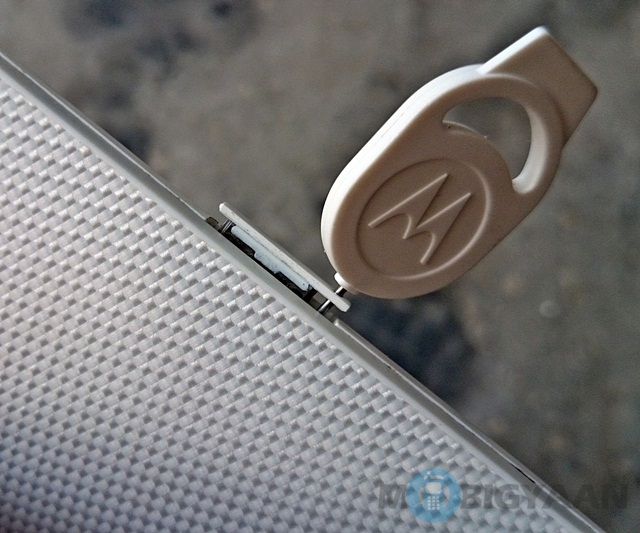
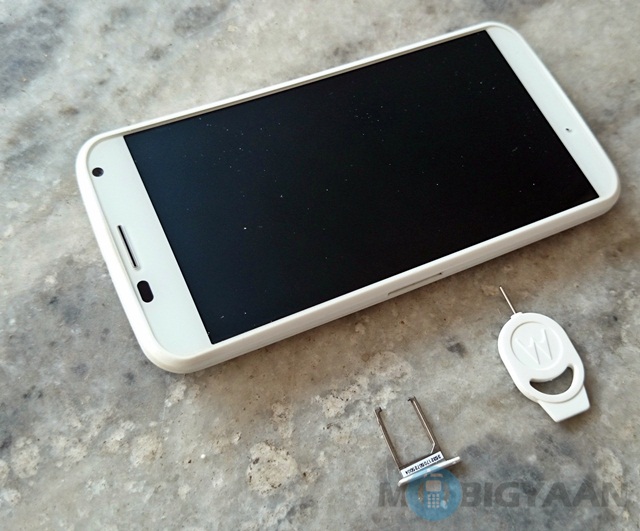


Motorola has tried to ape the Apple iPhone 5S, by endowing the handset with a nano-SIM slot, which opens with a Motorola pin.
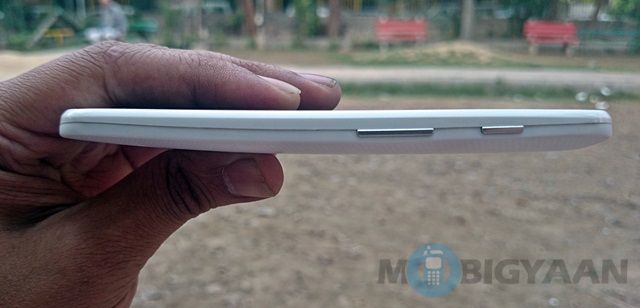
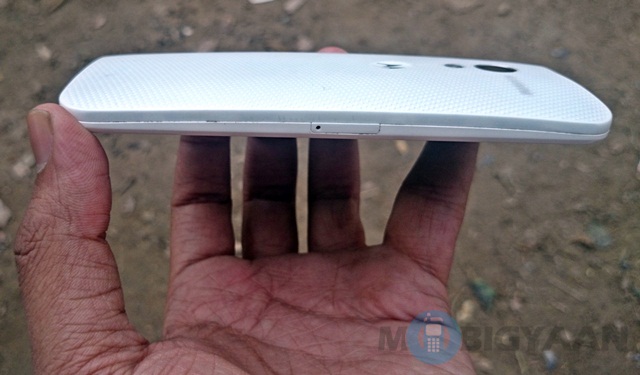
The Moto X is not too thin at 10.4mm. But, you will never realize its thickness due to the curvature of the back, it goes as thin as 5.6mm on the edges, making sure that the handset is not bulky at all.
Besides this, the Moto X is light as a feather at 130g. How Motorola maintains its handsets to be so light, is a mystery to me. Another thing that is an honorable mention in this regard, is the lack of branding on this handset. Except the ‘M’ logo on the back, there is no Motorola branding on the handset, making it seem pretty cool.
Overall, the Moto X scores good in the hardware department.
Display

The Moto X comes with a 720p display and has debuted at a time, when Indian companies have already debuted lesser priced full HD handsets. But, given a choice between cheap full HD handsets and the Moto X 720p 4.7-inch display that is protected by Gorilla Glass and has adequate sensitivity, I would go for the latter.
At 316 ppi, it might not be the brightest display ever, but it is likeable. The colors shine out like anything and there is no wasted pixels here. The only thing is that this is the Moto G display extended in size, with no innovation. But that aside, It is a likeable and easily usable display and that’s what really matters.
Software

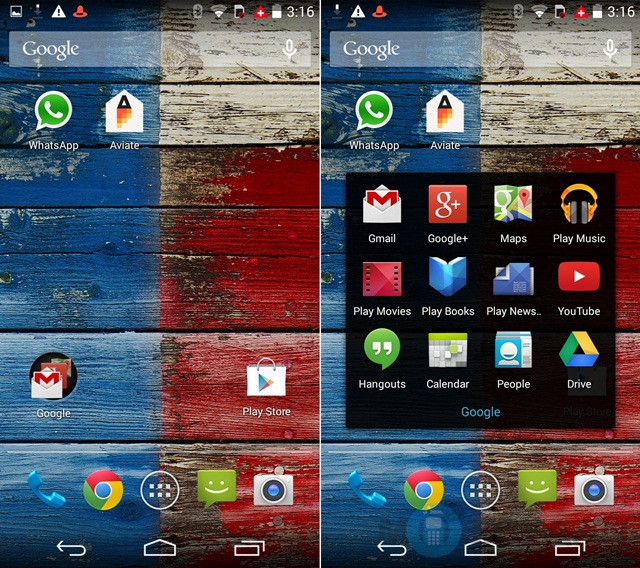
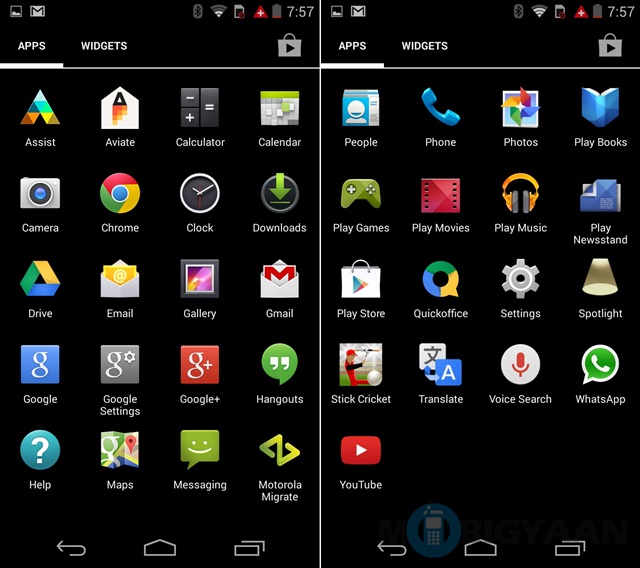
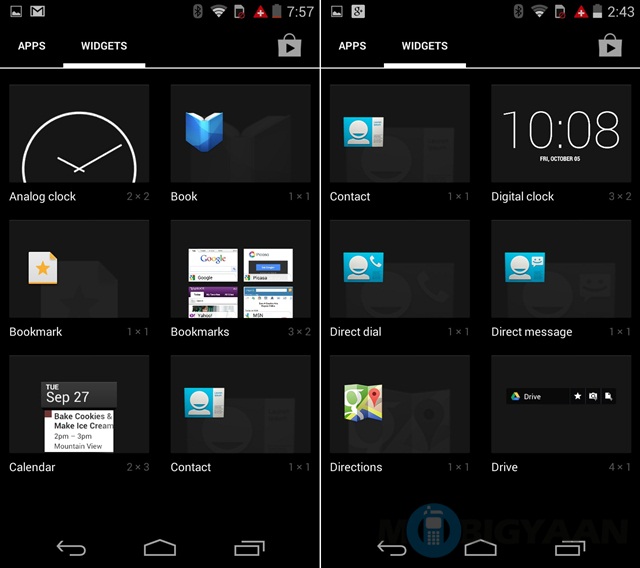
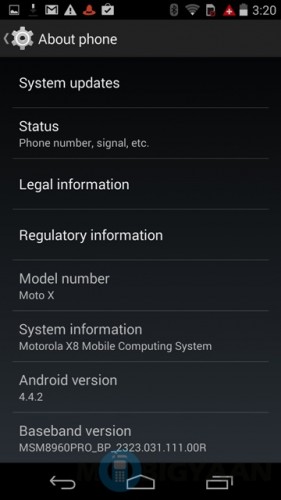
The Moto X software is neatly tied up in bows and ribbons and stands out as the feature that might make it a tempting buy. The Moto X comes with Android 4.4.2 on board and the interface is clean, smooth and clear like Stock Android usually is.
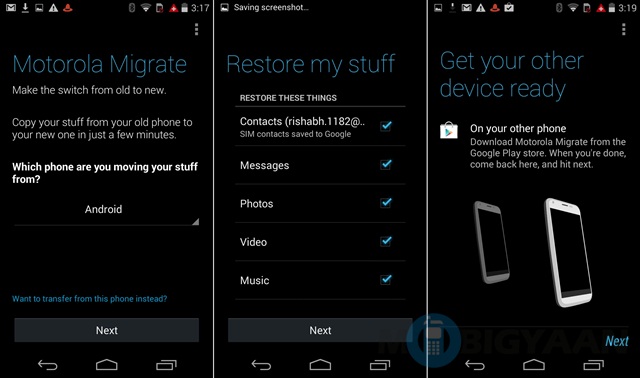

Two Motorola apps – the Motorola Migrate and Motorola Assist have transitioned from Moto G. While the former lets you smoothly transfer data from your old phone, the other lets you sync the handset according to your usage, which is in turn helpful in running your daily life.
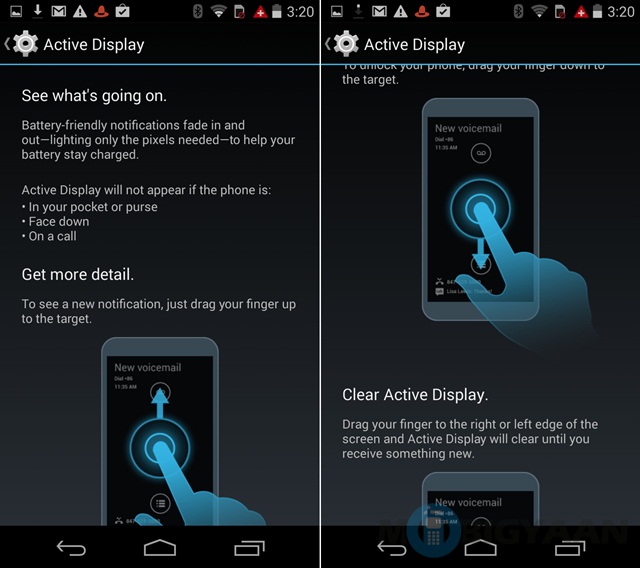
There are many tweaks here that make the Moto X desirable. The best one though, undoubtedly is the Active Display feature, which makes the Moto X different from a run-of-the-mill mid range handset. The display, as soon as you pick the phone up, lights up with the time, new notifications and an unlock icon. You can access the homescreen by simply swiping this icon upwards. The Moto X lets you know what’s going on, even before you switch on the homescreen, which I definitely found interesting. Actively responds when you flip the phone over or even take it out of the pocket.

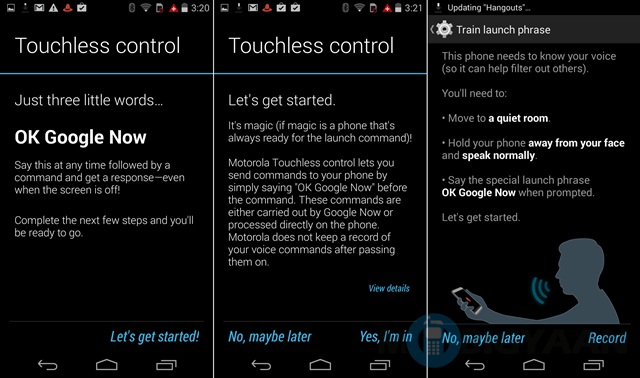
Another feature that Motorola boasted a lot about is Touchless Control. It is basically your usual voice recognition feature with a few tweaks – it is always on an pretty adaptive. Basically, it will be most useworthy when you are driving and want to access your phone without touching. It can do a lot of stuff using just voice commands, whether it be calling, getting directions, launching apps, sending texts, setting alarms and reminders, asking questions and even playing music through Google Play Music. It responds in a great manner and doesn’t get tricked with different. The voice recognition on the Moto X is impeccable which means that Motorola hasn’t cheapened out on the sensor.

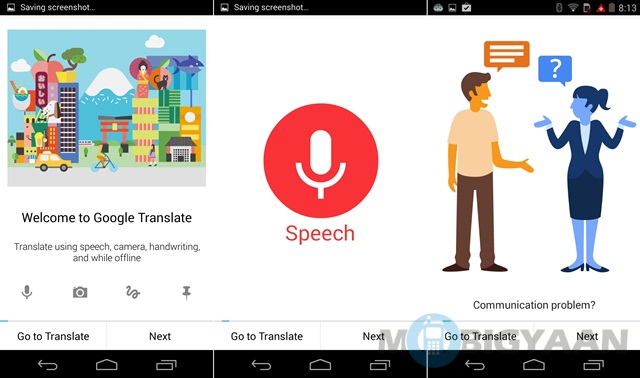
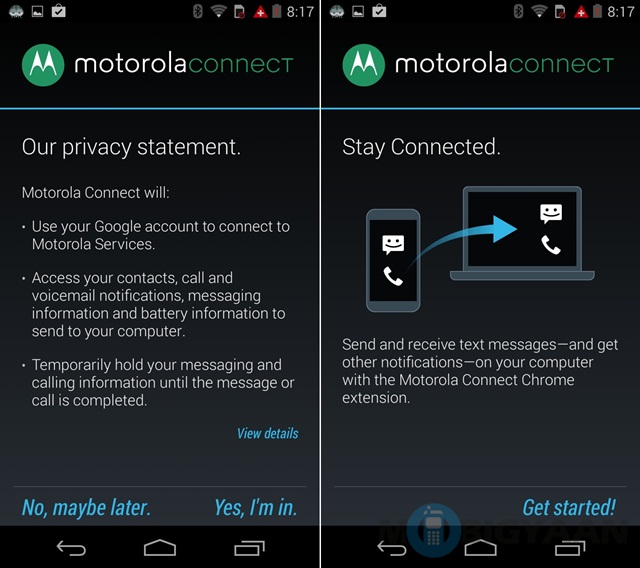




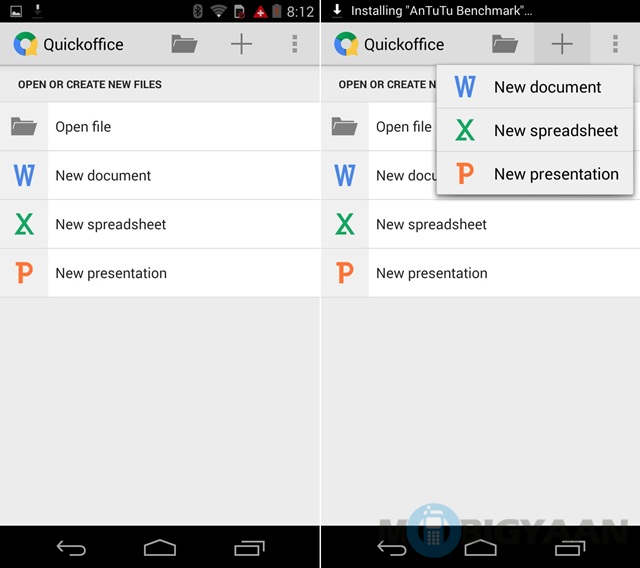
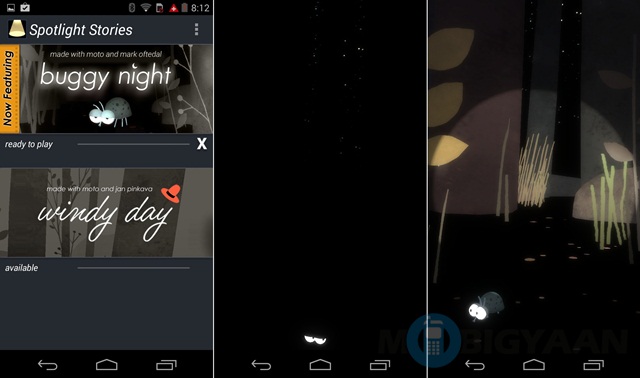

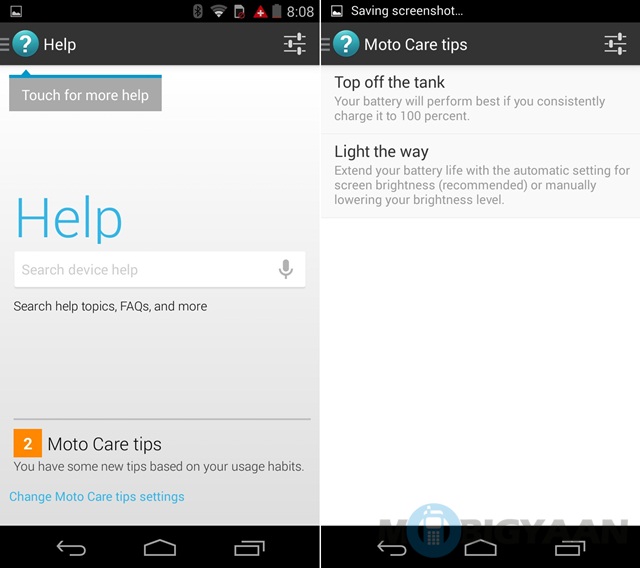
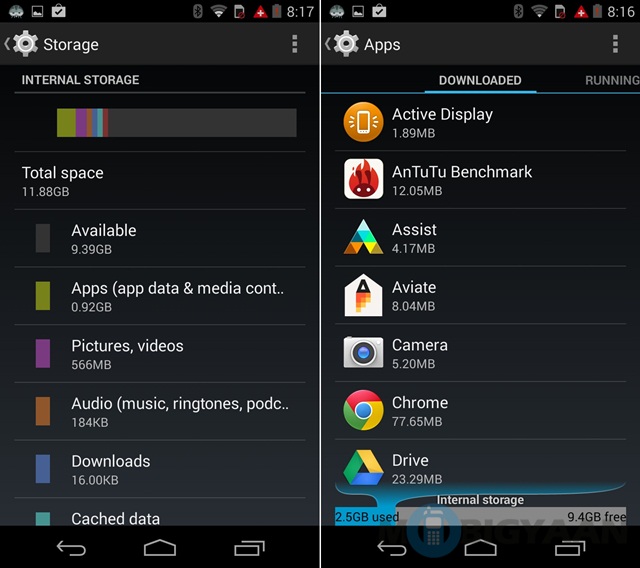
Other than this, the Moto X has the usual software on board. It is simple, easy and elegant to use. I also like the Motorola animation, Tap and Pay and Connect features.
Camera
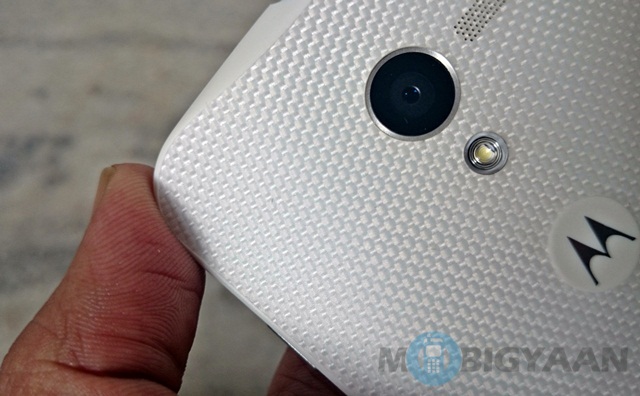
The Moto X is endowed with a 10-megapixel ‘ClearPixel’ camera. This is just another fancy term that means nothing. But smartphone cameras become serious business once you cross the 20K threshold.
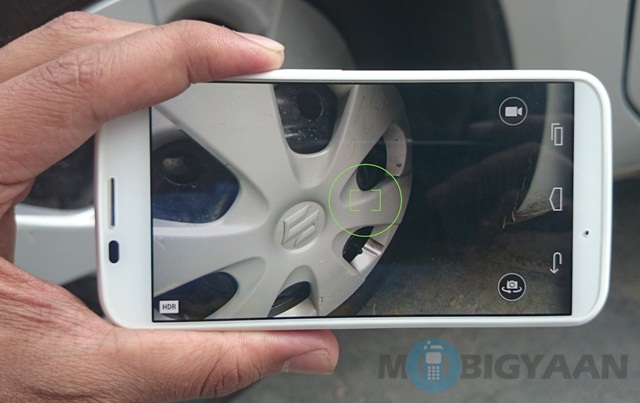
Motorola has tried to compete with Samsung’s Galaxy S-series handsets while coming out with this camera. It has the same gradient and filter on board. That being said, the Motorola camera app will be one of the best ones you have ever encountered. All you need to do to click in the middle of the display and voila! You are done. The usual convoluted camera controls aren’t there and a usual smartphone owner will only make us of two features – HDR and Control and Autofocus, which rest on a drag control wheel which is easily accessible.


Camera Zoom












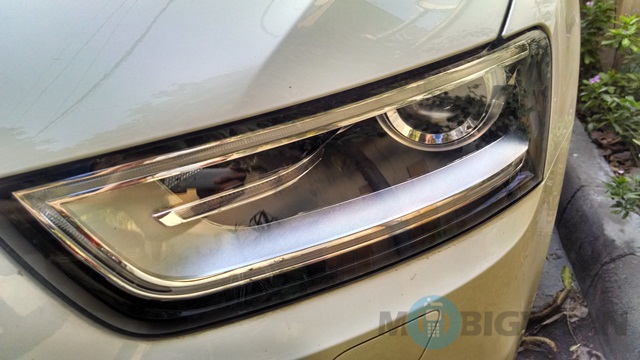


Camera Samples
But, sadly, I had to tussle a lot with the Moto X camera to actually take any good shots. The light interpretation on the handset is despicable and dare I say it, fails in comparison to the joy I found on the Moto G.
There is a Quick Capture gesture on board, which lets you click by holding the handset a little upwards. It is fun once you get the hang of it. Mostly the camera fares good, but light interpretation is out for a toss, which surprisingly sloppy work from Motorola after all the stuff it did with the Moto G.
Performance and battery life
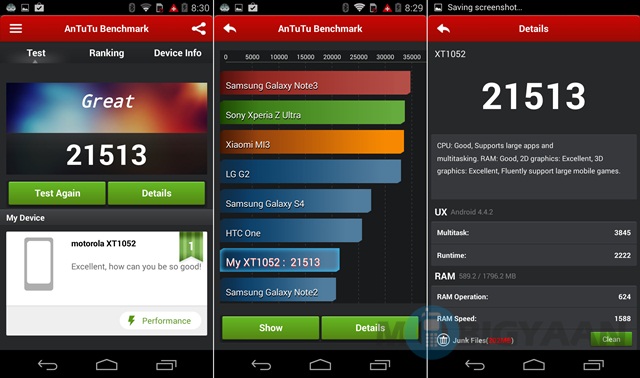
The Moto X comes with a 1.7-GHz Qualcomm dual-core processor inside along with 2 GB RAM. In an era of octa-core smartphones, dual-core sounds not so optimal, right? Nope. Motorola has yet again befuddled us in terms of innovation. The two cores are utilized amazingly well – while one handles the usual functions, the other one works for natural voice processing, which is why the Moto X is amazing in executing gestures and voice commands.
The battery life too is succinct and works out fine, despite all the the phone has on offer. Gaming was fun, easy and not too demanding on the Moto X.
The Moto X is no benchmark topper, yet is optimal in terms of performance. The Moto X will not give up, no matter whatever you pile on it.
Verdict
The Moto X has been released a little late than it should have been, India, and that alone will mar its fortunes a little bit. In the meanwhile, the competition has heated up and with handsets such as the Gionee Elife S5.5 offering a lot in an amazing package. Personally, I would even consider getting my hands on two Moto G’s instead since it is double the cost.
But the Moto X definitely has its good points too. It is ultra suave, stylish and will be a handy show-off item for many. The performance is good, the battery life is good and the handset overall is pretty good, but I kind of expected more fireworks after the awesomeness of Moto G. I feel cheated in that regard.
But the Moto X is too likeable and its cuteness is what tips the scales in its favor for me. The price though, is a little high for my taste and I feel that the handset is not justified in front of the competition. The Moto X could have done much better had the Moto Maker project been available in India but right now, it rates okay and not outstanding.
Pros
- Suave form factor
- Great performance
- Amazing Gestures
- Voice Commands
- Long battery life
Cons
- No Moto Maker for India
- Sluggish Camera
- Tad expensive in front of competition
